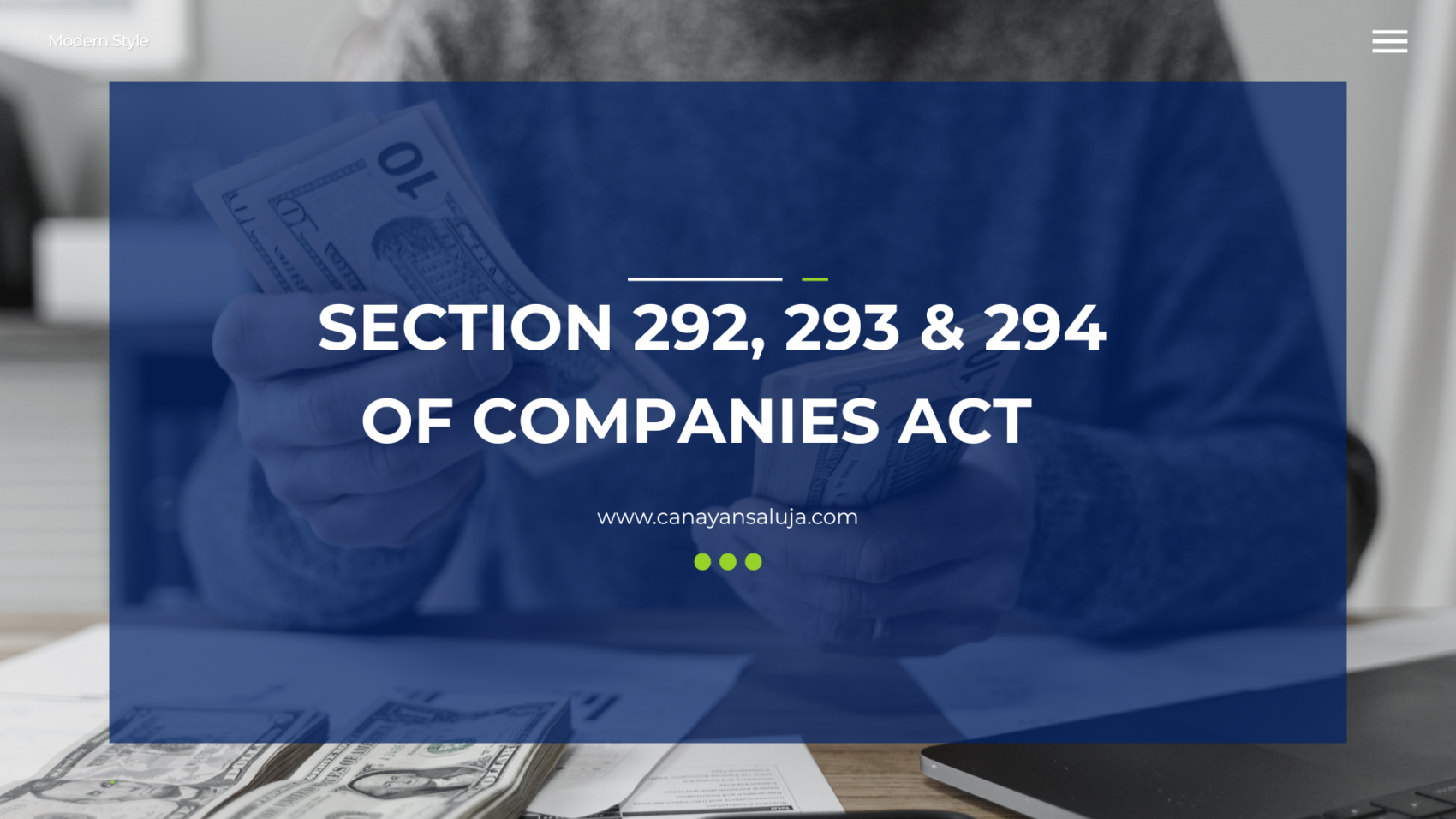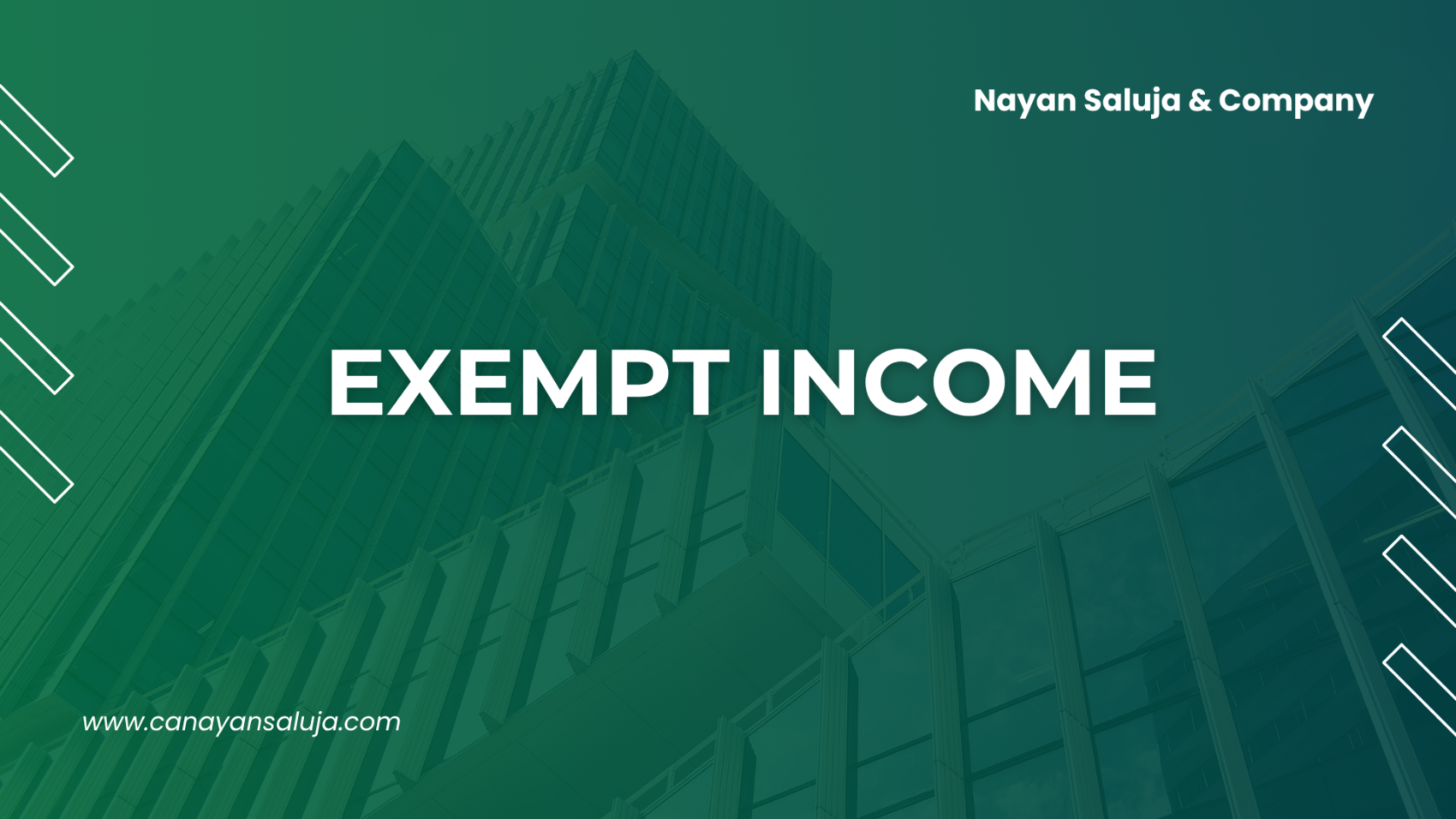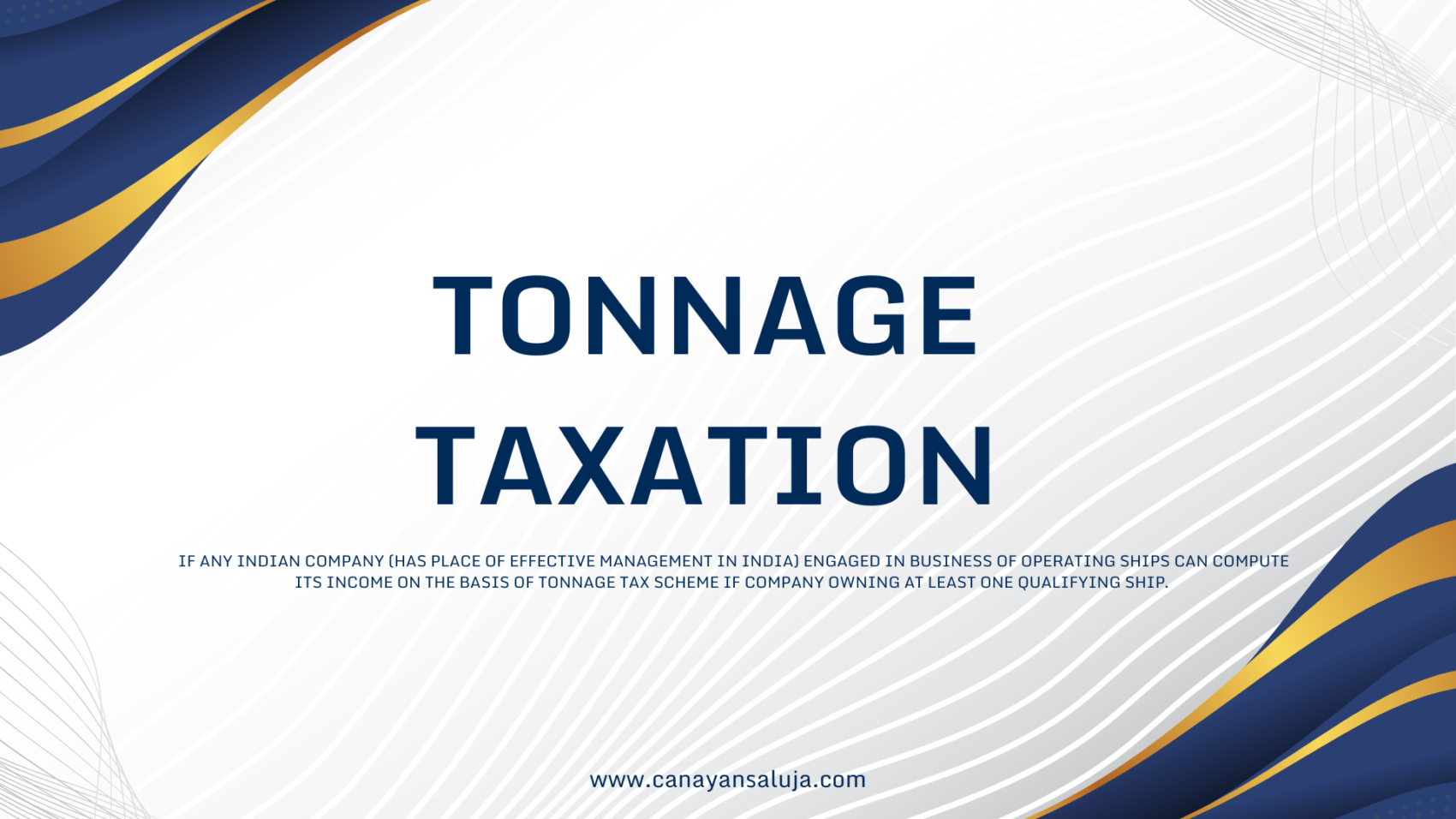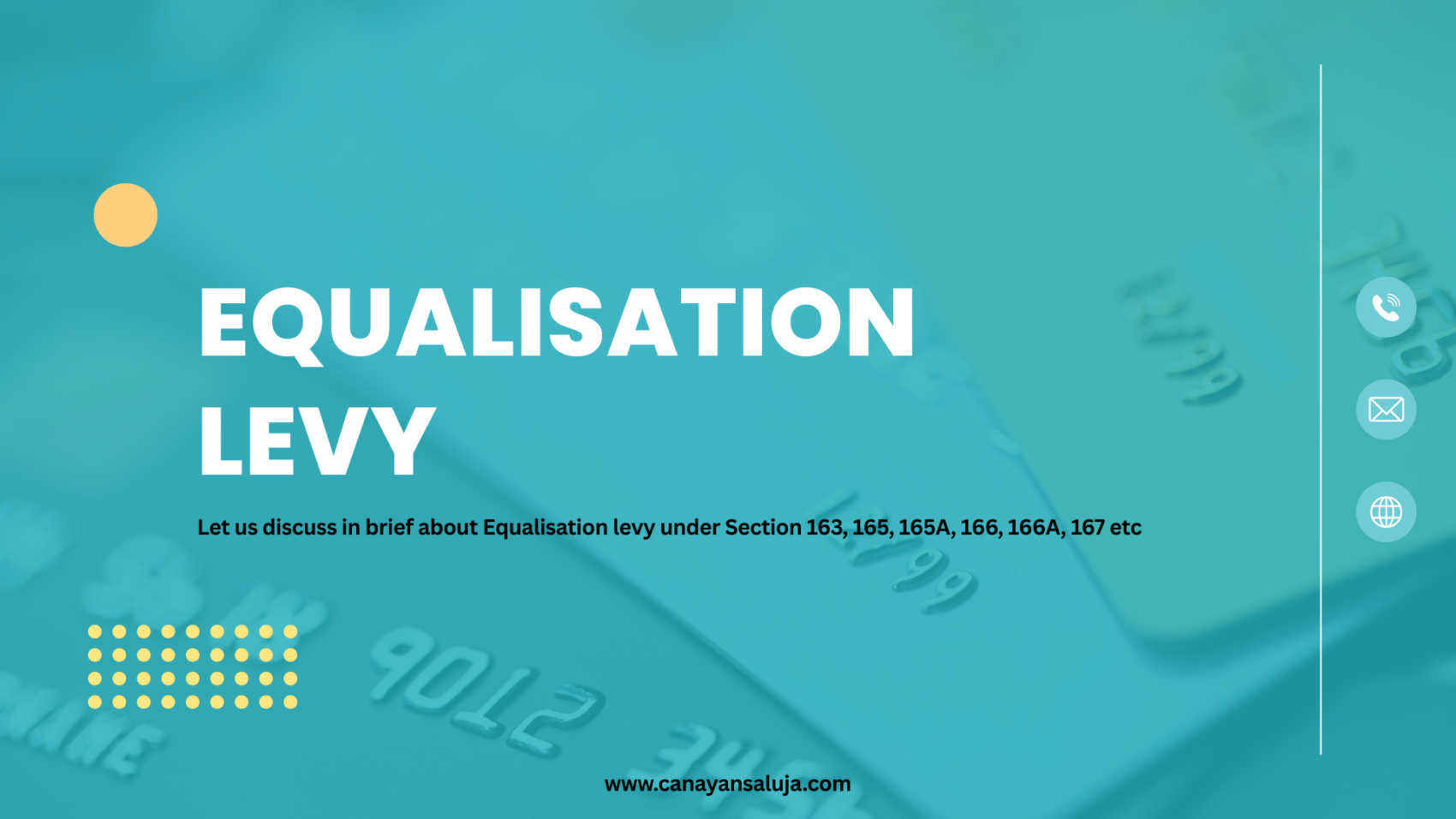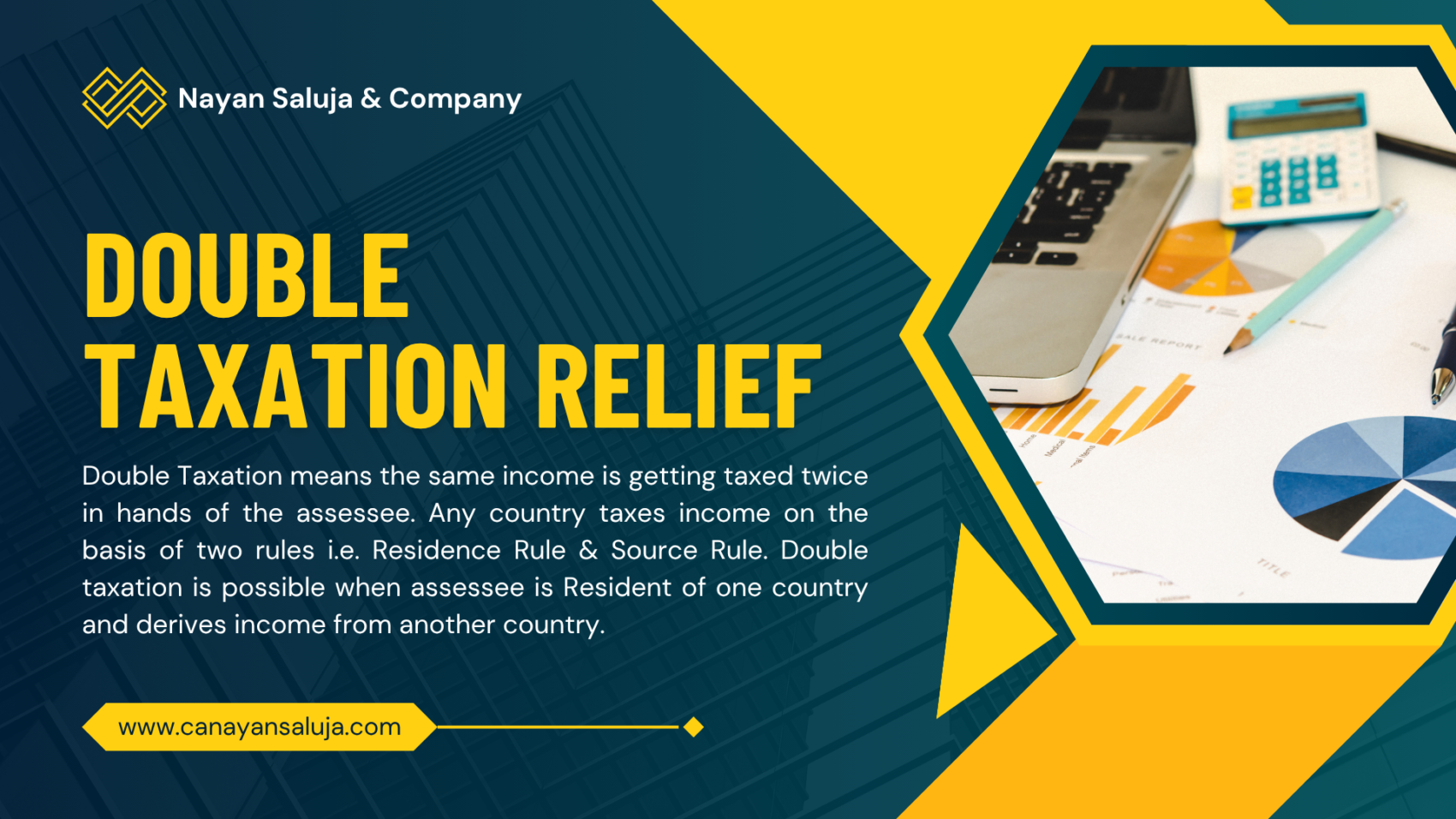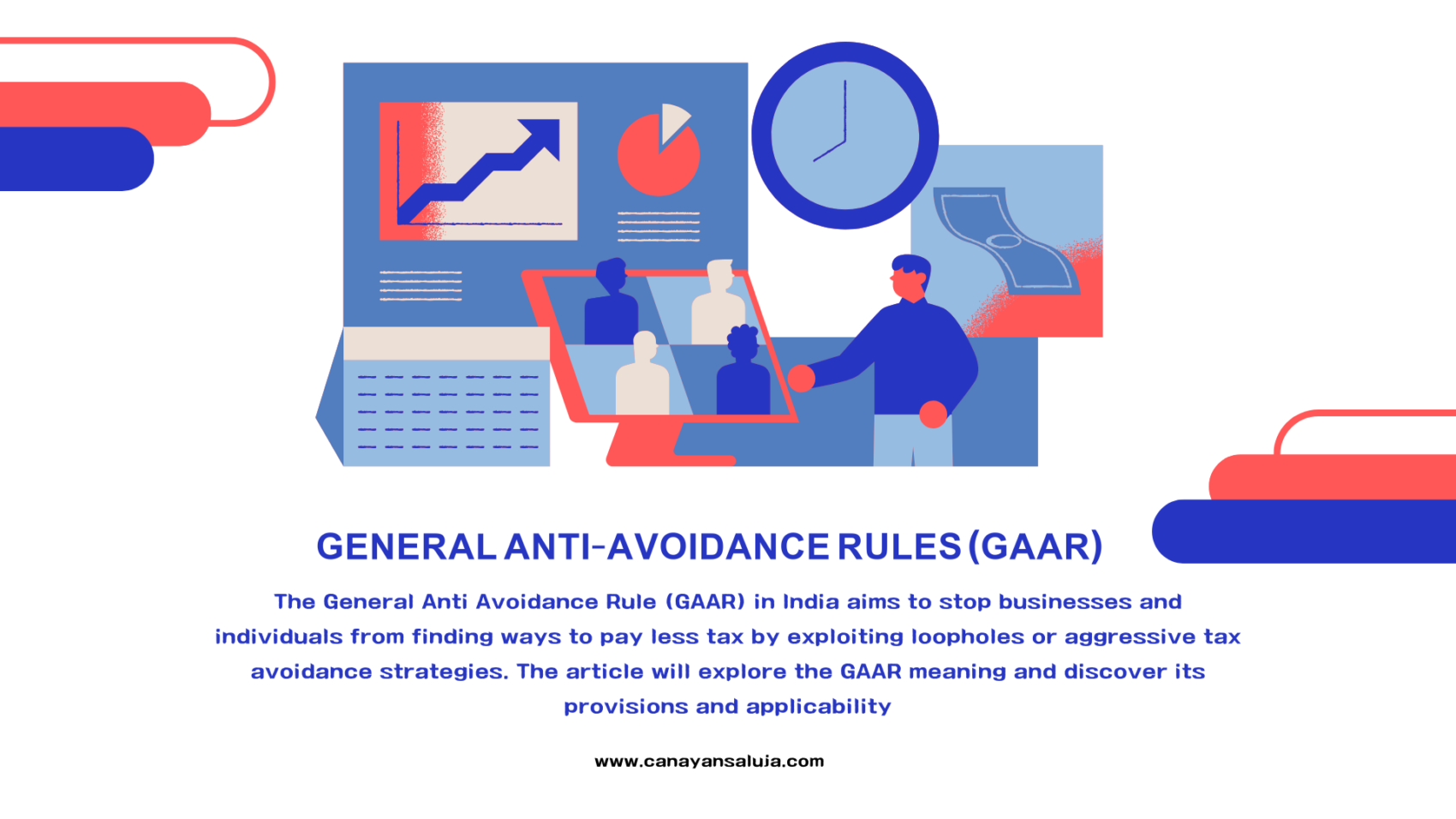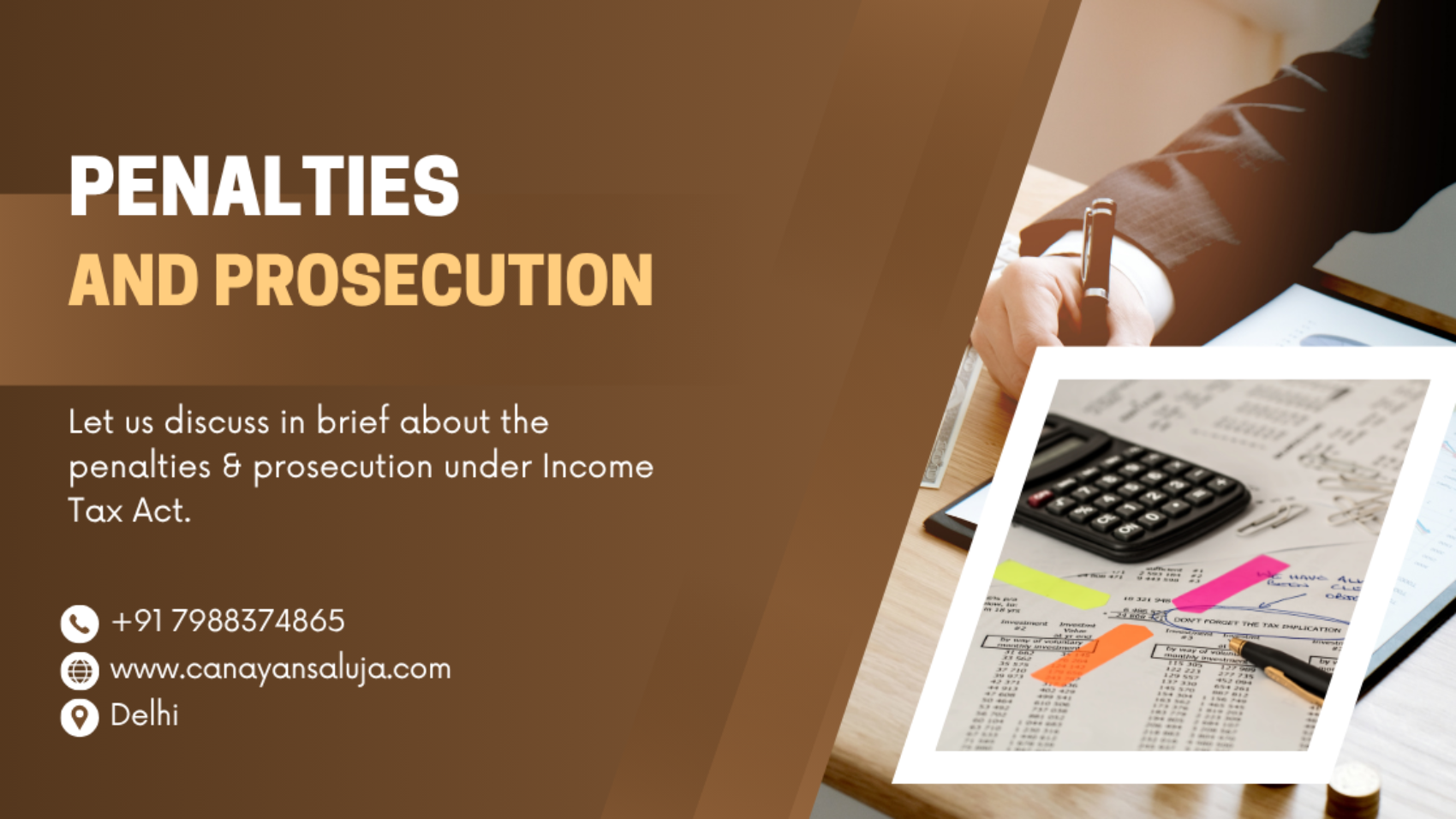SECTION 292, 293 & 294 OF COMPANIES ACT
EXERCISE AND CONTROL OF COMPANY’S LIQUIDATOR’S POWERS: SECTION 292
|
POINTS |
EXPLANATION |
|
1. Company Liquidator to follow directions in administration and distribution of assets: |
The Company Liquidator shall, in the administration of the assets of the company and the distribution thereof among its creditors, have regard to any directions which may be given by: • the resolution of the creditors or contributories at any general meeting, or
• by the advisory committee.
|
|
2. Directions given by creditors or contributories to override directions of Advisory Committee: |
Any directions given by the creditors or contributories at any general meeting shall, in case of conflict, be deemed to override any directions given by the advisory committee. |
|
3. Summons from Company Liquidator: |
The Company Liquidator: a)may summon meetings of the creditors or contributories, whenever he thinks fit, for the purpose of ascertaining their wishes; and
b)shall summon such meetings at such times, as the creditors or contributories, as the case may be, may, by resolution, direct, or whenever requested in writing to do so by not less than one-tenth in value of the creditors or contributories, as the case may be.
|
|
4. Aggrieved person to apply to Tribunal against the decision of Company Liquidator |
Any person aggrieved by any act or decision of the Company Liquidator may apply to the Tribunal, and the Tribunal may confirm, reverse, or modify the act or decision complained of and make such further order as it thinks just and proper in the circumstances. |
BOOKS TO BE KEPT BY COMPANY LIQUIDATOR: SECTION 293
|
POINTS |
EXPLANATION |
|
1. Company liquidator to maintain proper books for recording entries or minutes: |
The Company Liquidator shall keep proper books in such manner, as may be prescribed, in which he shall cause entries or minutes to be made of proceedings at meetings and of such other matters as may be prescribed. |
|
2. Inspection of books: |
Any creditor or contributory may, subject to the control of the Tribunal, inspect any such books, personally or through his agent. |
AUDIT OF COMPANY LIQUIDATOR’S ACCOUNTS: SECTION 294
|
POINTS |
EXPLANATION |
|
1. Maintenance of books of accounts: |
The Company Liquidator shall maintain proper and regular books of account including accounts of receipts and payments made by him in such form and manner as may be prescribed. |
|
2. Presentation of account of receipts and payments to the Tribunal: |
The Company Liquidator shall, at such times as may be prescribed but not less than twice in each year during his tenure of office, present to the Tribunal an account of the receipts and payments as such liquidator in the prescribed form in duplicate, which shall be verified by a declaration in such form and manner as may be prescribed. |
|
3. Audit of accounts: |
The Tribunal shall cause the accounts to be audited in such manner |
|
4. Filing of copy of audited accounts with Tribunal and Registrar: |
When the accounts of the company have been audited, one copy thereof shall be filed by the Company Liquidator with the Tribunal, and the other copy shall be delivered to the Registrar which shall be open to inspection by any creditor, contributory or person interested. |
|
5. Action to be taken when accounts relate to a Government Company: |
Where an account referred to in sub-section (4) relates to a Government company, the Company Liquidator shall forward a copy thereof: a)to the Central Government, if that Government is a member of the Government company; or
b)to any State Government, if that Government is a member of the Government company; or
c)to the Central Government and any State Government, if both the Governments are members of the Government company.
|
|
6. Summary of accounts to be communicated to every creditor and contributory: |
Company Liquidator shall cause the accounts when audited, or a summary thereof, to be printed, and shall send a printed copy of the accounts or summary thereof by post to every creditor and every contributory. |
|
Note: The Tribunal may dispense with the compliance of the provisions of this sub-section in any case it deems fit. |
|


